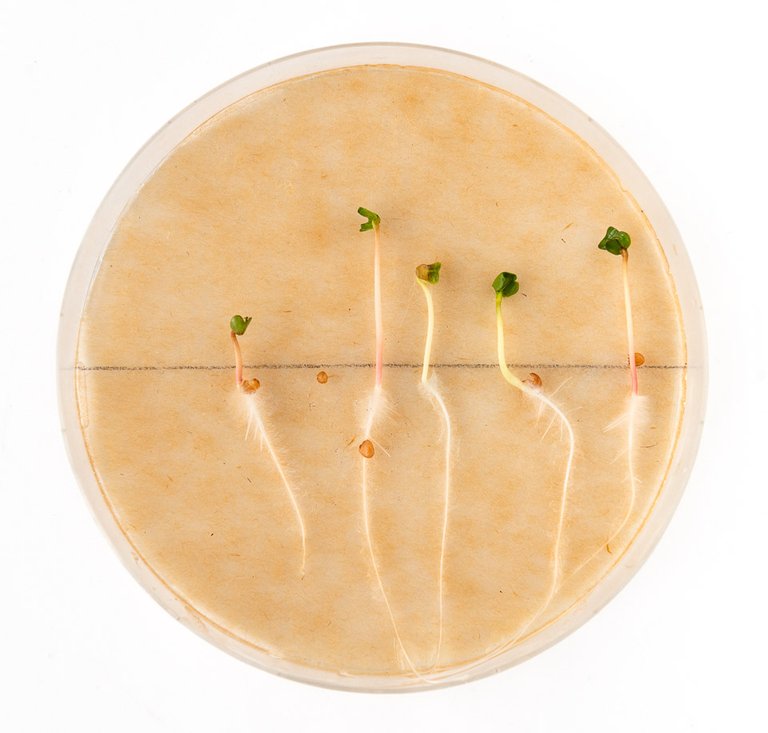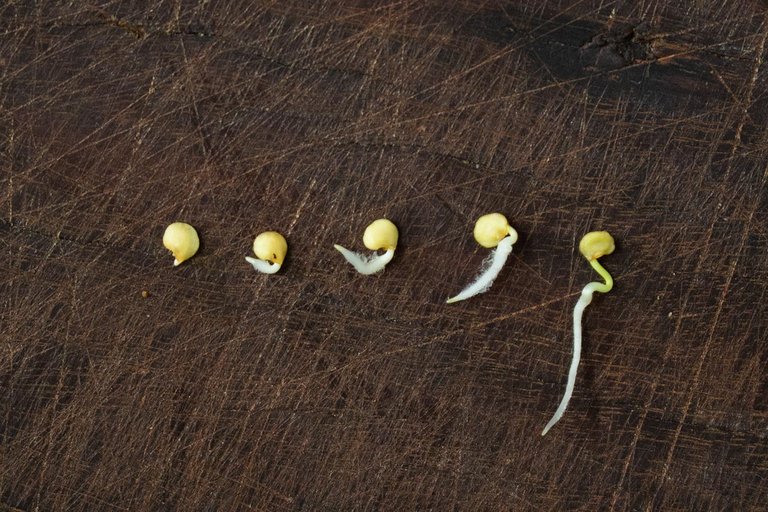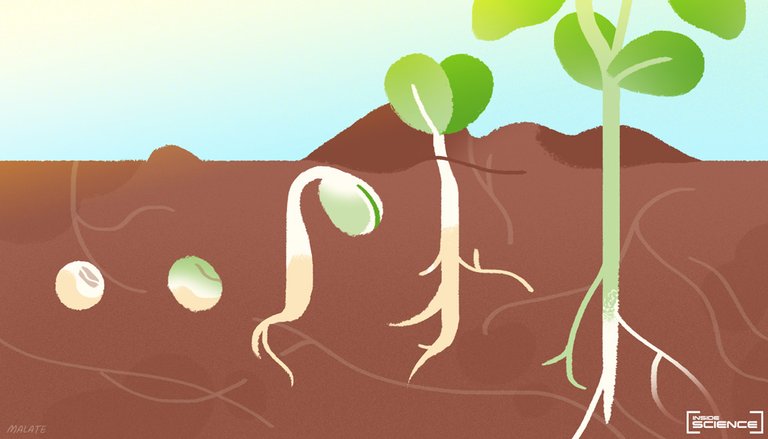According to research reported by FAO, to know the biological and germinating nature of seeds it is first important to know the amount of seed per unit weight in a collection of seeds for deposit, since with this amount and the percentage of germination energy.



▶ Seed hardness may be the result of environmental conditions present during ripening, such as hot and dry environments, a common situation during the dry season. The impermeability of the testa occurs because a thick layer coated with waxy substances and sclerenchymatous tissue forms on the outer surface.

▶ Credits: insidescience – [Image of Public Domain]
≕ I invite you to stay tuned and read my next contribution ≔
Gibberellin (GA3) is a plant growth regulator that under low and high temperature conditions increases the synthesis of sugars and the synthesis of hydrolysis enzymes and these increase the conversion of energy reserves into metabolic reserves to produce more energy in a short time which translates into rapid sprouting, flowering, growth and development of the plant.
Photosynthesis is one of the metabolic processes used by cells to obtain energy. It is a process by which plants capture light energy from the sun and convert it into chemical energy (ATP) and reducing compounds with which they transform water and CO2 into reduced organic compounds and release oxygen.

The seed viability or survival test not only allows us to know important aspects of seed quality, but can also serve as a guide to identify other factors that may be affecting the seeds; among them dormancy, which is usually the cause of lower germination, but should not be confused with poor seed quality.
NOTE: Reference material.